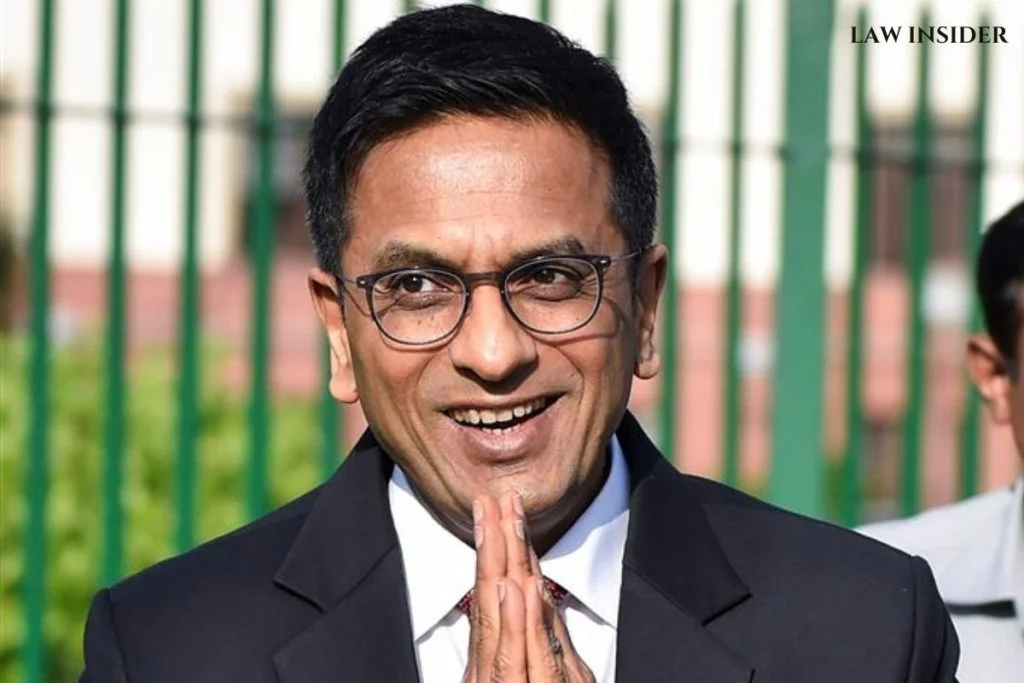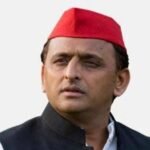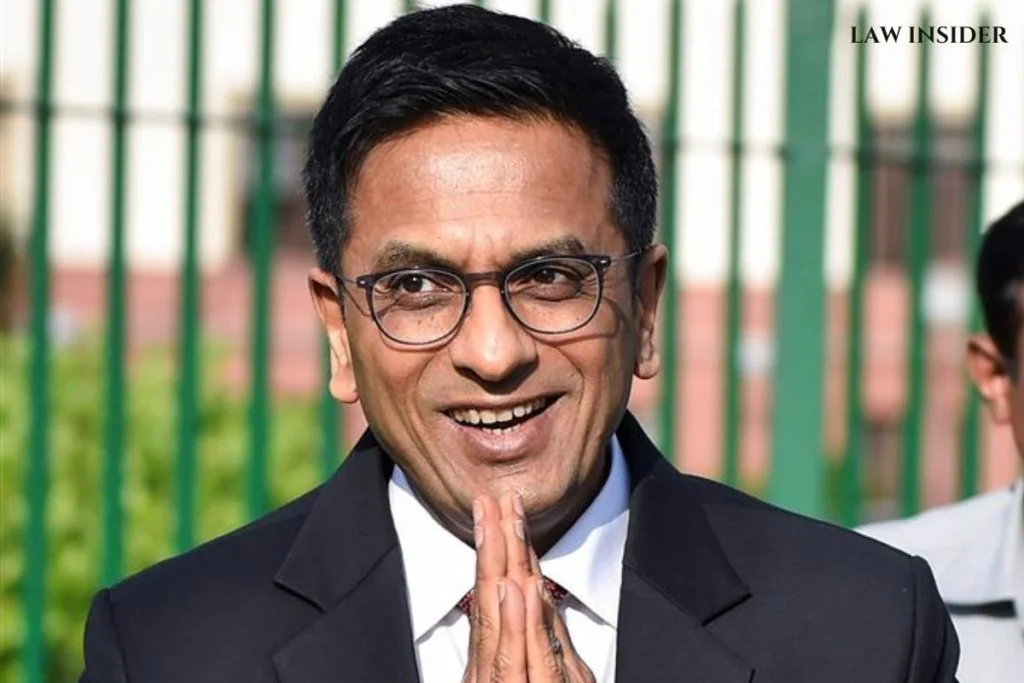
BY MOHAMMAD TARIQUE SALEEM
As Chief Justice of the Allahabad High Court (2013-2016), Justice D.Y. Chandrachud has garnered a reputation for decisions many in political circles view as excessively adversarial toward the state government led by Chief Minister Akhilesh Yadav. Critics argue that his approach went beyond impartial judicial oversight, at times appearing to obstruct the Samajwadi Party’s administration and its initiatives. This period was marked by high-profile interventions and verdicts that some perceived as politically charged, undermining the elected government’s agenda. As Justice Chandrachud faces mounting criticism leading up to his retirement, his legacy is being reassessed, with detractors pointing to his contentious interactions with Yadav’s government as emblematic of judicial overreach.

Justice Chandrachud, known for his outspoken nature and commitment to judicial independence, presided over the Allahabad High Court during a period that saw numerous high-profile cases and public interest litigations involving the state government. Some political observers and party loyalists believed that certain rulings and judicial decisions during this time appeared to counter the policies and initiatives of the Akhilesh Yadav administration.
The tension between the executive branch led by Akhilesh Yadav and the judiciary under Justice Chandrachud was viewed as part of a broader discourse on checks and balances within a democratic system. While there were no formal allegations or documented accusations that Justice Chandrachud deliberately acted against the Yadav government, supporters of the former Chief Minister argue that some of the high court’s judgments had significant political implications that affected the state’s administration.
One of the contentious periods was marked by a slew of public interest litigations aimed at examining the government’s decisions on land allocation, law and order, and other key areas. Justice Chandrachud’s High Court was active in hearing cases that questioned the state government’s policies, resulting in verdicts that critics claimed hindered administrative projects. For instance, rulings related to illegal constructions, government land acquisitions, and the implementation of certain welfare schemes were perceived by some within the Samajwadi Party as obstacles to the government’s efforts to deliver on its campaign promises.
Justice Chandrachud’s supporters, however, emphasize his dedication to maintaining the rule of law and ensuring that the actions of the government adhered to constitutional principles. They argue that his rulings were rooted in the need for accountability and transparency, particularly in a state with a history of complex land issues, corruption allegations, and law enforcement challenges.
Justice Chandrachud’s judgments were often seen as fortifying the rights of individuals and protecting public interest. This stance, while potentially inconvenient for the political establishment at times, underscored his belief in the judiciary’s role as a safeguard against executive overreach. His defenders assert that these decisions were not targeted at the Yadav government specifically but were consistent with his broader approach to uphold judicial integrity and social justice.
The narrative that Justice Chandrachud aimed to harm the Yadav administration gained traction primarily in political circles opposed to judicial oversight that could be interpreted as interventionist. Samajwadi Party leaders and local political commentators suggested that certain high-profile cases were given priority and fast-tracked during Justice Chandrachud’s tenure, which they believed created challenges for the ruling party’s agenda.
However, many legal experts contend that these perceptions were fueled by political interpretations rather than substantive evidence of bias. They argue that Chief Justice Chandrachud’s focus was on maintaining the sanctity of legal and constitutional processes, irrespective of the political implications.
As Chief Justice of India later on, Justice Chandrachud continued to carry forward his reputation for being independent and fearless in his udgments. The period when he was Chief Justice of the Allahabad High Court remains an illustrative example of the delicate balance between the judiciary and executive powers. It highlights the challenges faced when the judiciary’s pursuit of constitutional checks comes up against political priorities.
Akhilesh Yadav’s term as Chief Minister is remembered for infrastructural developments and modernization efforts in Uttar Pradesh. Yet, the perceived friction with Justice Chandrachud’s court serves as a reminder of the inherent tensions in a democracy where power is distributed across multiple branches of governance, each with its own mandate and interpretation of duty.










